Step-By-Step Guide To Performing Ground Reference Maneuvers
Northstar VFR
MARCH 30, 2025
Turns Around a Point This is a classic maneuver that helps pilots learn how to maintain a constant radius around a point on the ground while compensating for the wind. Begin a turn around the point, keeping asteepest bank angleon the downwind, where your groundspeed is highest. Pro tip: Watch your airspeed vs groundspeed.


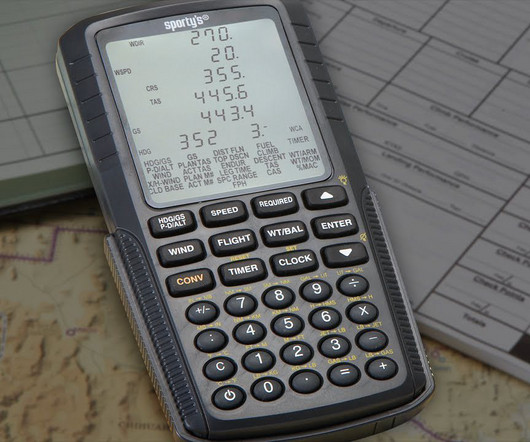

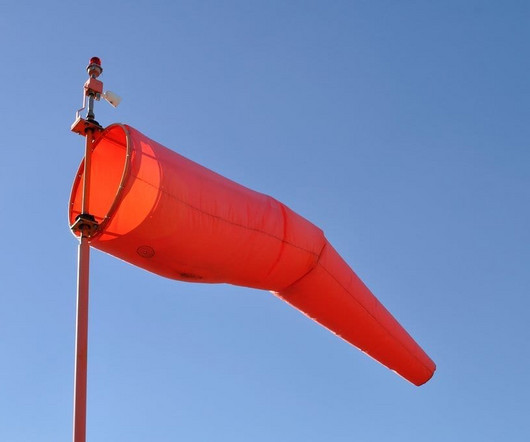
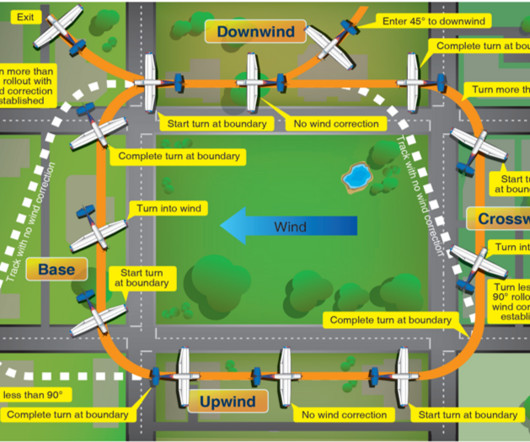


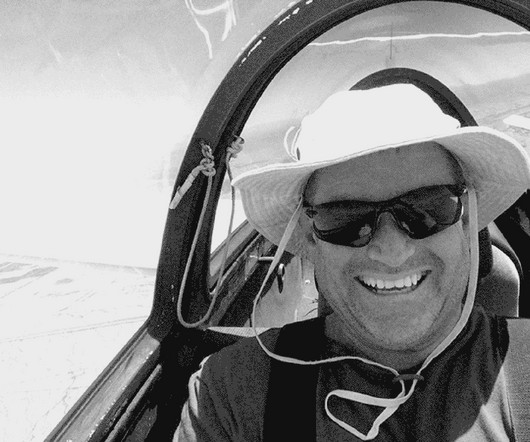

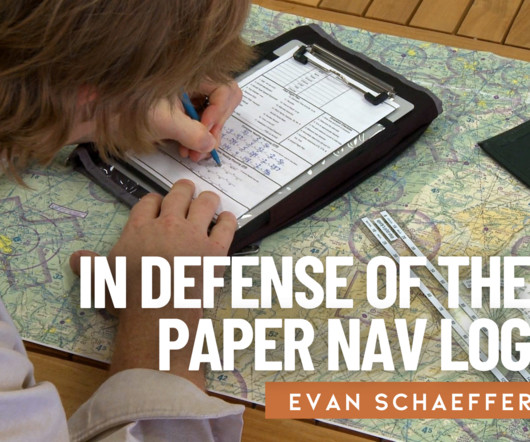






Let's personalize your content